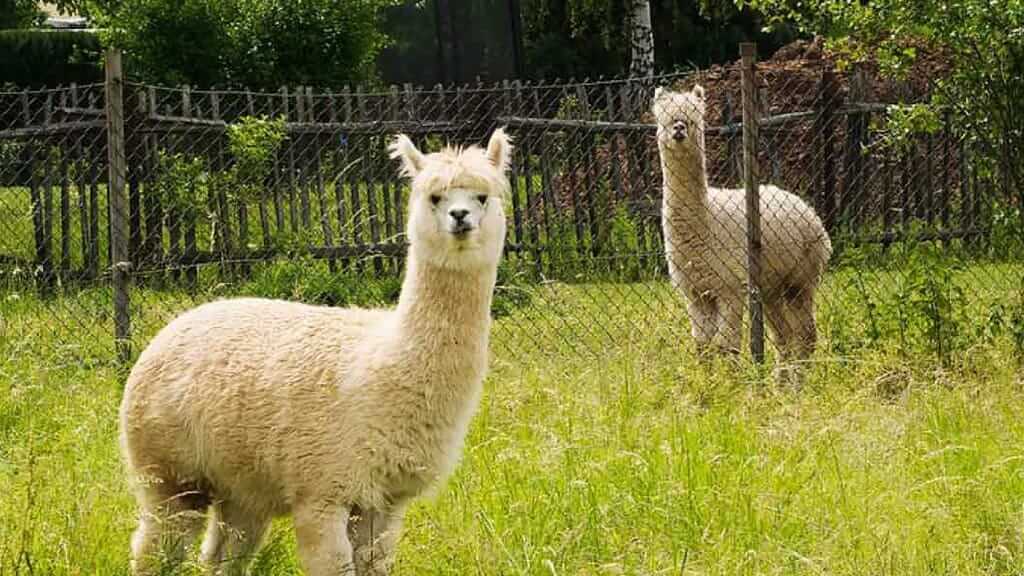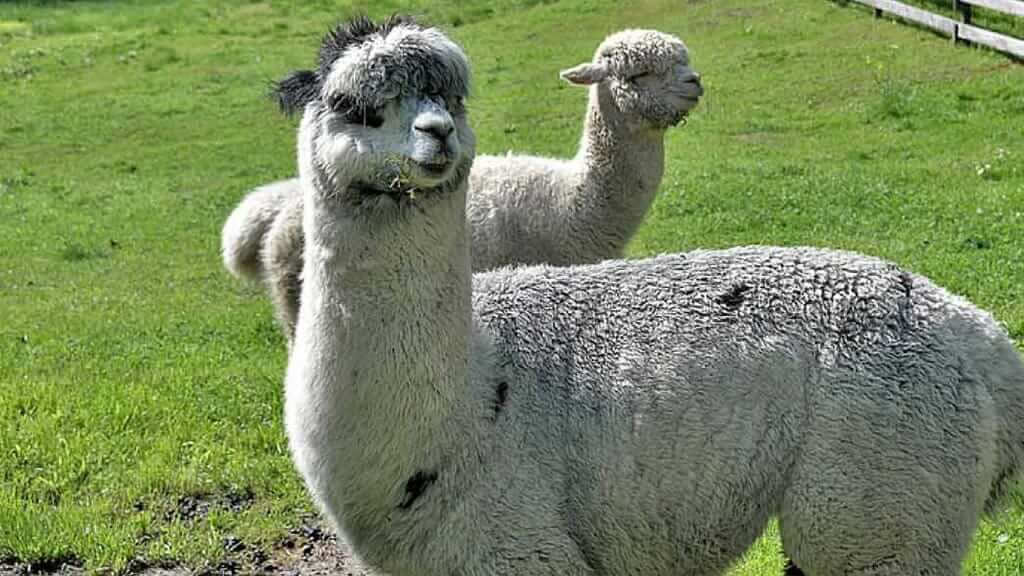Alpacas of Ecuador’s Andes, are often found roaming at the slopes of the Cotacachi Volcano. They belong to the indigenous community of Morochos. José Flores, vice-president of the community, says the alpacas are the best friends of the highland moors (páramos).
He explains the animals don’t affect the topsoil because their legs have pads and their teeth cut the grass like scissors. That’s why the community decided to introduce Peruvian alpacas (currently 57) to replace cattle whose hooves eroded the surface of the moor. The area near the top of the volcano is considered an important buffer zone to the Cotacachi-Cayapas Ecological Reserve.
SECURE YOUR ECUADOR TRAVEL
Get a FREE personalised quote todayThe community of Zuleta in Imbabura province has 74 alpacas. The fine threads from the fleece are used to weave jackets by hand. The people want to rescue the tradition of handling alpaca the way their grandparents did. Zuleta is part of the Pacha project which seeks to improve the genetics of the alpacas. The project is funded by the Fundación Heifer Ecuador and is being carried out in four Andes provinces. The Ministry of Agriculture, Livestock and Fisheries provided 200 male alpacas to 16 communities. By improving the genetics of the alpacas, they produce better quality fiber.
In Cañar province, around 135 indigenous families make their living raising alpacas. The wool is used to make clothing that is sold in southern Ecuador. Some of these families live in Cebadaloma, a community in Biblián canton, some 2,900 meters (9,500 feet) above sea level. You get there by a narrow and dusty road, encountering increasingly cold weather and icy winds. This is where the alpacas live. The shearing of the wool usually takes place in October and is done by hand with scissors. Sales proceeds are used to care for the alpacas, and to buy looms for making clothes.
Book With The #1 Trusted
Ecuador Travel Agency
Ecuador’s ultra-volcanic Andes range features alpacas, llamas, and vicunas — all part of the camelid family — as well as glacial peaks and crater lagoons. See our Happy Gringo Ecuador High Sierra Tour.


